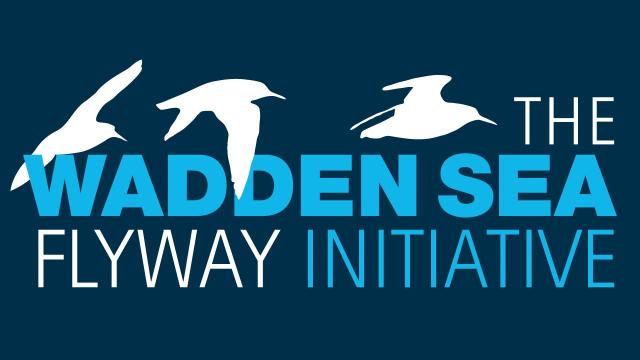
Towards an improved flyway monitoring: A heuristic framework to integrate count and tracking data
Migratory waterbirds connect distant regions through seasonal movements, forming migratory pathways or flyways, essential ecological units for conservation. However, human activities and climate change threaten these flyways, underscoring the need for effective monitoring. Current count-based monitoring schemes, while valuable, have limitations in coverage, resolution, and focus on patterns rather than population processes. Electronic tracking devices collect and record position data of individual birds, providing detailed information on spatial-temporal patterns of their movements. Therefore, an integration of tracking technologies into monitoring efforts would offer ways to enhance flyway monitoring, and with due governmental force, flyway conservation. This paper introduces such an integrated monitoring framework. We first outline the knowledge foundations and data types necessary for promoting an effective flyway conservation. Then, with these in mind, and focusing on the potential added value of tracking data, we identify the most outstanding limitations of count-based monitoring and introduce tracking technology as a method to tackle these limitations, using examples of tracking studies in the literature as evidence. We introduce a holistic framework for integrating tracking data into count-based monitoring at flyway scales, in an eight-step roadmap: (1) Defining key stakeholder roles; (2) Selecting target species; (3) Choosing appropriate tracking technology; (4) Designing sampling strategies; (5) Determining tracking effort and duration; (6) Establishing governance structures; (7) Integrating tracking and count data; and (8) Translating results into management and conservation actions. While focusing on coastal waterbirds in the East Atlantic Flyway, the concepts and framework are applicable to any migratory bird group and flyway. As a model for the implementation of such a framework, we work out an integrated waterbird monitoring proposal for the East Atlantic Flyway, providing an exercise of selection of 11 priority species, and offering a flexible budgeting example for 3 representative species. Finally, ethical considerations are discussed, including the need for long-term commitments to financial and institutional investments, carefully consideration of target species to track and catching sites to avoid disturbance and negative impacts of tracking devices, and awareness of the existing regional inequity, investing on long-term capacity building and promotion of fair access to tracking technology and skills.
